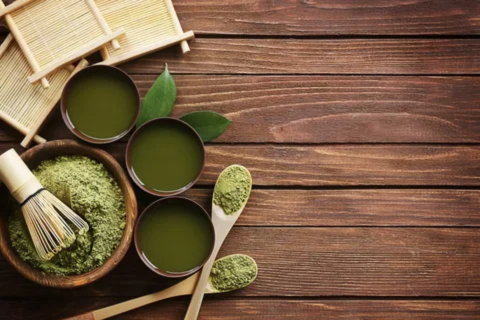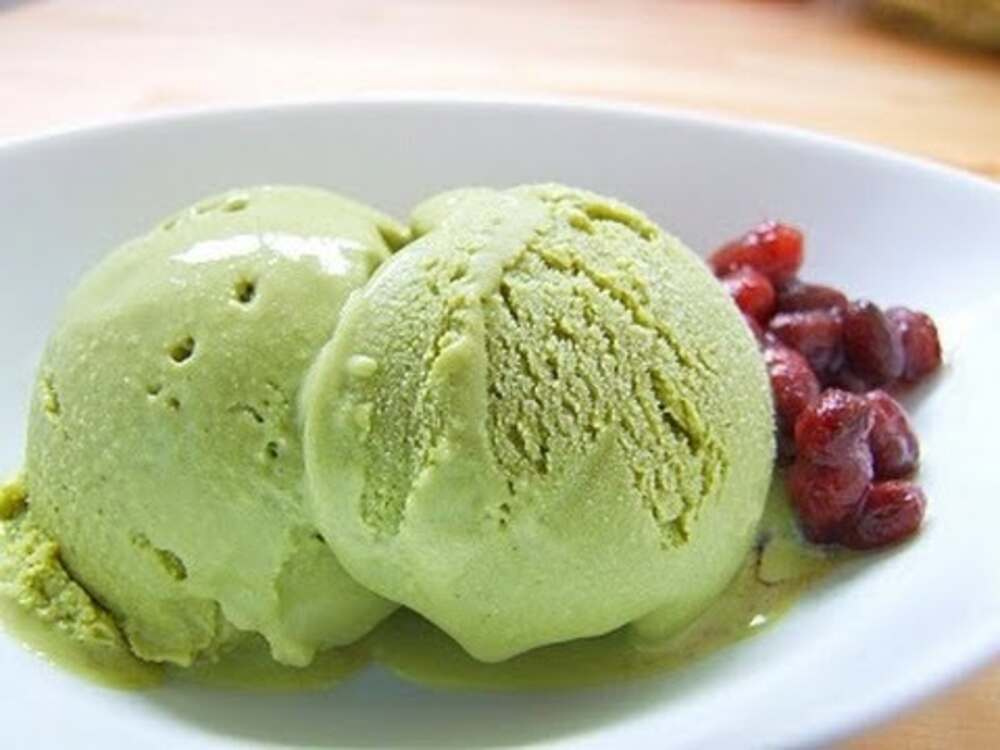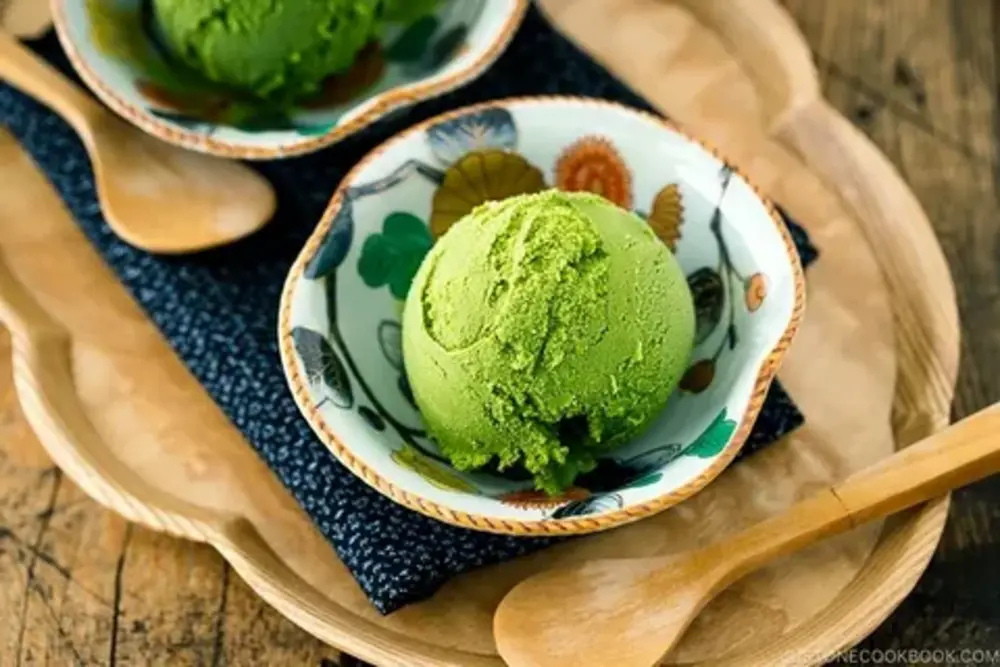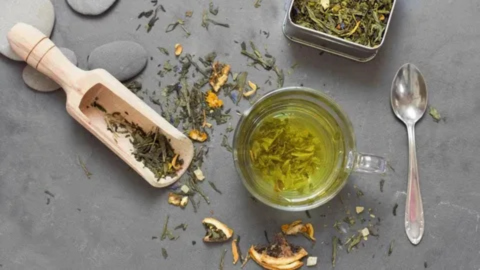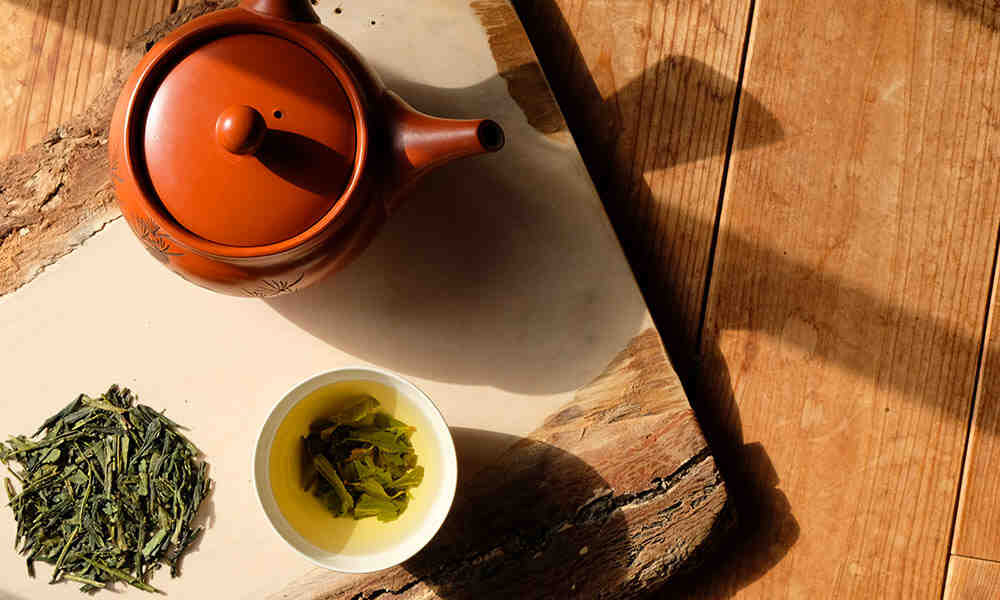How Long Does Green Tea Last? Shelf Life & Storage Tips to keep your tea fresh, flavorful, and packed with health benefits every day.
How Long Does Green Tea Last?
Green tea has become one of the most popular beverages worldwide, appreciated for its delicate taste and health benefits. But whether you buy loose-leaf tea, bagged tea, or powdered matcha, one important question comes up: how long does green tea last before it loses freshness?
Unlike perishable foods, green tea doesn’t “spoil” overnight, but its flavor, aroma, and nutritional value can fade if stored improperly. Factors like packaging, exposure to light, and whether it’s opened or unopened all play a role in shelf life.
In this guide, we’ll explore everything you need to know about green tea storage — including how long loose-leaf, bagged, matcha, and brewed tea last, plus practical tips to keep your tea tasting fresh.
Quick Answer: Shelf Life at a Glance
| Type of Green Tea | Shelf Life |
|---|---|
| Unopened green tea bags | 12–24 months past the “best by” date if stored properly |
| Opened green tea bags | 6–12 months for peak freshness |
| Loose-leaf green tea | 6–12 months after opening (vacuum-sealed packs may last longer) |
| Matcha powder | 2–3 months once opened; 6–12 months unopened |
| Brewed green tea | Best within 8 hours at room temperature; up to 3 days in the fridge |
While tea rarely becomes unsafe to drink, stale green tea tastes flat, dull, or bitter. Proper storage in airtight containers, away from light and moisture, makes all the difference. The keyword to remember: freshness equals flavor.
Factors That Affect Freshness
The shelf life of green tea depends on several environmental and packaging factors:
| Factor | Effect on Green Tea |
|---|---|
| Air Exposure | Oxygen oxidizes tea leaves, reducing antioxidants and flavor compounds |
| Moisture | Absorbs humidity easily, which can cause mold or mustiness |
| Light | UV rays break down catechins, making the tea taste stale |
| Temperature | Warm storage accelerates oxidation; cool, dry spaces extend shelf life |
| Packaging | Foil-lined, vacuum-sealed packs preserve tea longer than paper boxes |
Whether you buy tea in bags, loose leaves, or powdered matcha, keeping it airtight and away from moisture is crucial. For long-term storage, reseal bags tightly or transfer contents into a tin or dark glass jar. By controlling these factors, you can extend the life of your tea by months.

Unopened vs. Opened Green Tea
| Type | Shelf Life | Notes |
|---|---|---|
| Unopened Green Tea | 12–24 months past printed date | Sealed against air & moisture; stays fresh in a cool, dry place |
| Opened Green Tea | 6–12 months | Vulnerable to air, humidity, and odors; airtight containers recommended |
| Summary | Unopened = long-term safe storage | Opened = consume within a year for best taste |
Matcha Green Tea Powder
Matcha is unique because it’s finely ground and has more surface area exposed to air. This makes it especially sensitive to oxygen and light.
- Unopened matcha can last up to 12 months in its original sealed packaging.
- Opened matcha should be consumed within 2–3 months for best freshness, though refrigeration can extend this slightly.
Unlike regular tea leaves, matcha degrades quickly, turning from bright green to dull yellowish-green when stale. Stale matcha also tastes flat and bitter. To maximize its life, store opened matcha in the fridge in an airtight container, and let it return to room temperature before use to avoid condensation.
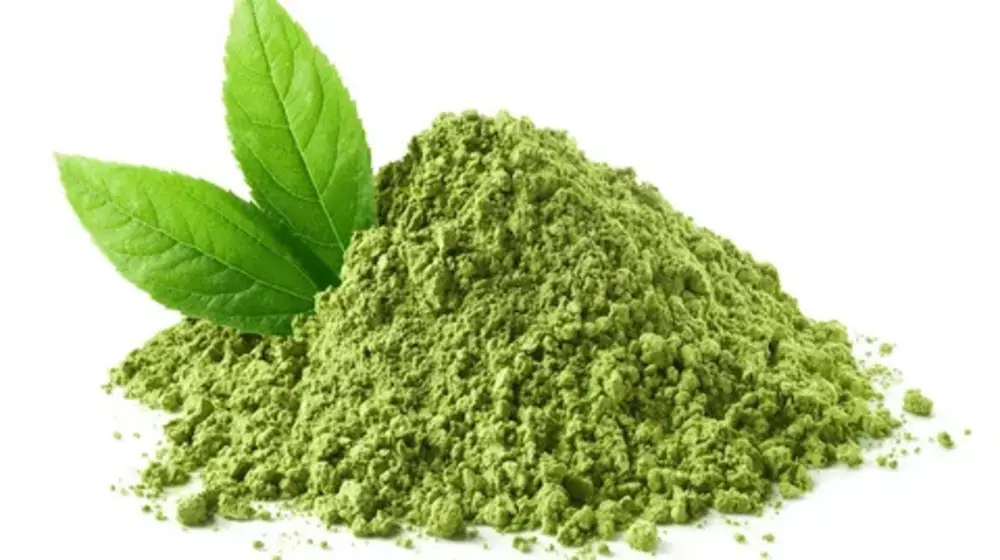
Brewed Green Tea
| Condition | Shelf Life | Notes |
|---|---|---|
| Room Temperature | 8–12 hours | Should be consumed the same day to avoid bacteria growth & flavor loss |
| Refrigerated | Up to 3 days | Store in a sealed container (preferably glass) to reduce oxidation |
| Best Practice | Drink fresh | Over time, tea may become cloudy, sour, or bitter |

Storage Tips to Keep Green Tea Fresh
If you want your green tea to last longer without losing flavor:
- Use airtight containers – Preferably opaque tins or glass jars with tight lids.
- Keep it cool and dry – Store away from stoves, ovens, or humid kitchens.
- Avoid light exposure – UV light breaks down delicate compounds.
- Limit air exposure – Repackage tea in smaller batches if you buy in bulk.
- Refrigerate matcha – But always seal tightly to prevent odor absorption.
Pro tip: never store tea in the freezer. The repeated thawing causes condensation, which ruins the leaves.
Signs That Green Tea Has Gone Stale
Wondering if your green tea is still drinkable? Look out for these signs:
- Faded or dusty-looking leaves.
- A dull or musty smell instead of a grassy aroma.
- Bitter or flat flavor after brewing.
- Matcha turning from vibrant green to yellowish.
While drinking old green tea won’t usually harm you, it won’t deliver the antioxidants, taste, or calming aroma you expect. When in doubt, it’s better to replace it with a fresh batch.
FAQs
1. Can green tea go bad?
Yes, but not in the same way as milk or fresh food. Green tea becomes stale, losing flavor and aroma rather than becoming unsafe.
2. Can you drink expired green tea?
Yes, if stored properly. It may taste weaker, but it’s generally safe unless it shows signs of mold or off smells.
3. How should I store tea long-term?
Use airtight, opaque containers kept in a cool, dry place. Matcha is best stored in the fridge.
4. Does green tea lose antioxidants over time?
Yes, prolonged exposure to air and light reduces catechins and other beneficial compounds.
5. Is it okay to refrigerate brewed tea?
Yes, brewed green tea lasts up to 3 days in the fridge. Beyond that, it may taste sour or develop bacteria.
Conclusion
So, how long does green tea last? The answer depends on its form and how you store it. Unopened tea can last years, while opened tea should be enjoyed within 6–12 months. Matcha is the most delicate, lasting only a few months once opened, and brewed tea should be consumed within days. With proper storage — airtight containers, cool environments, and protection from light — your green tea will stay fresh longer. Fresh tea means not just better flavor, but also more antioxidants and health benefits in every sip.

